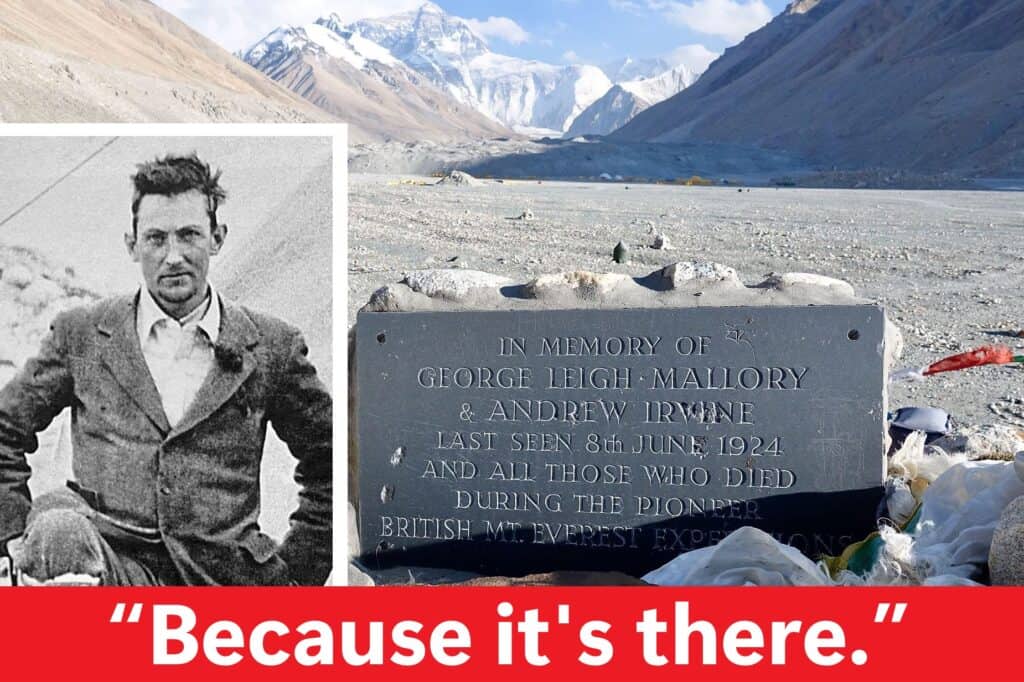
George Mallory was a pioneering English mountaineer and one of the most enigmatic figures in the history of Everest. His attempts to conquer the world’s highest peak in the early 20th century remain legendary.
WARNING: This article contains graphic images. Reader discretion is advised.
Who Was George Mallory?
George Herbert Leigh Mallory was born on June 18, 1886, in Mobberley, Cheshire, England. He was the second of six children in a family that valued education, discipline, and a strong sense of adventure. His father, Reverend Herbert Leigh Mallory, was a keen naturalist and lover of the outdoors. He greatly influenced George’s early interests by encouraging his son to explore the countryside around their home. The family’s frequent vacations to the Lake District provided young George with ample opportunities to be in nature.
Mallory attended Winchester College, one of England’s leading public schools that had a rigorous academic environment and emphasized physical fitness. The college had a strong tradition of outdoor activities, and Mallory excelled in the school’s mountaineering club. His natural ability and fearlessness on difficult terrain became evident during school-led excursions to the Alps. These trips provided him with practical experience and solidified his love for climbing.
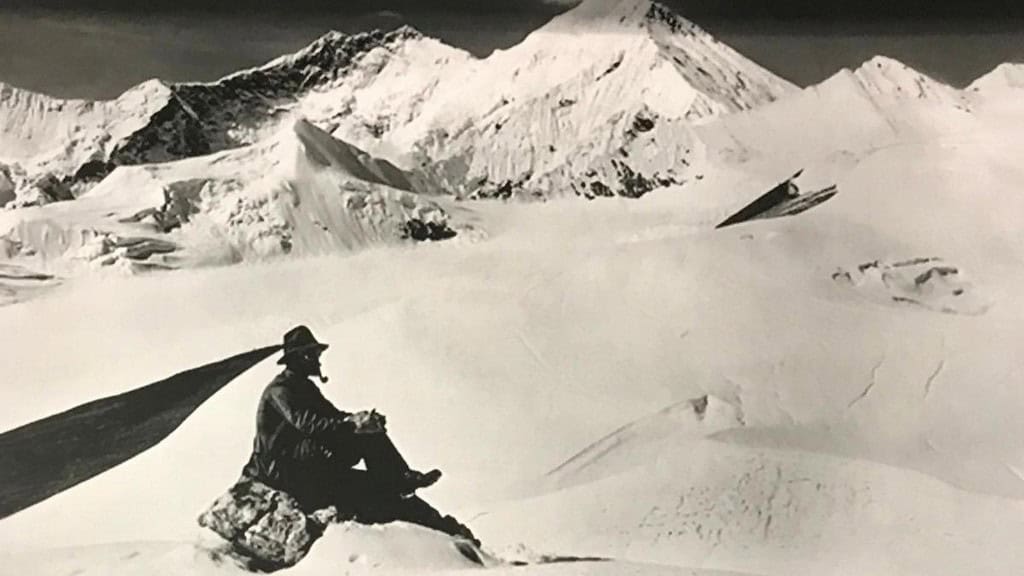
In 1909, Mallory’s life was greatly impacted by meeting Geoffrey Winthrop Young, an experienced mountaineer who became his mentor. Young taught him the complexities of alpine climbing and instilled a deep respect for the majesty of the mountains.
The Quest to Summit Everest
During the early 20th century, there was a growing interest in exploring the Himalayas, particularly Mount Everest, the world’s highest peak. The British, in particular, were keen to achieve the first ascent of Everest, viewing it as the ultimate mountaineering challenge and a matter of national pride.
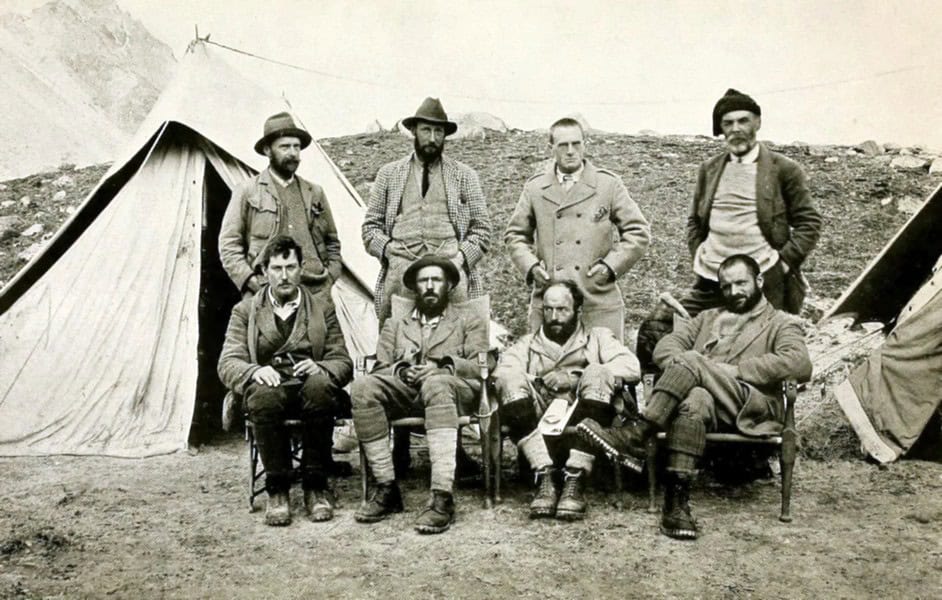
Mallory’s reputation as a skilled climber and his connections within the mountaineering community led to his involvement with the Mount Everest Committee, a group established by the Royal Geographical Society and the Alpine Club. The committee aimed to coordinate and support British efforts to climb Everest. Mallory’s climbing achievements made him a natural choice for these early expeditions.
When asked by a reporter why he wanted to climb Mount Everest, George Mallory replied, “Because it’s there.” The phrase has been called the “most famous three words in mountaineering.”
1921 Reconnaissance Expedition
George Mallory’s initial foray to Mount Everest was part of the 1921 British Reconnaissance Expedition. This was not a summit attempt but a fact-finding mission to explore possible routes to the top of the world’s highest peak. The team, which included British climbers along with Tibetan and Nepalese guides and porters, aimed to map and better understand the mountain’s geography and to identify viable pathways for future summit bids.
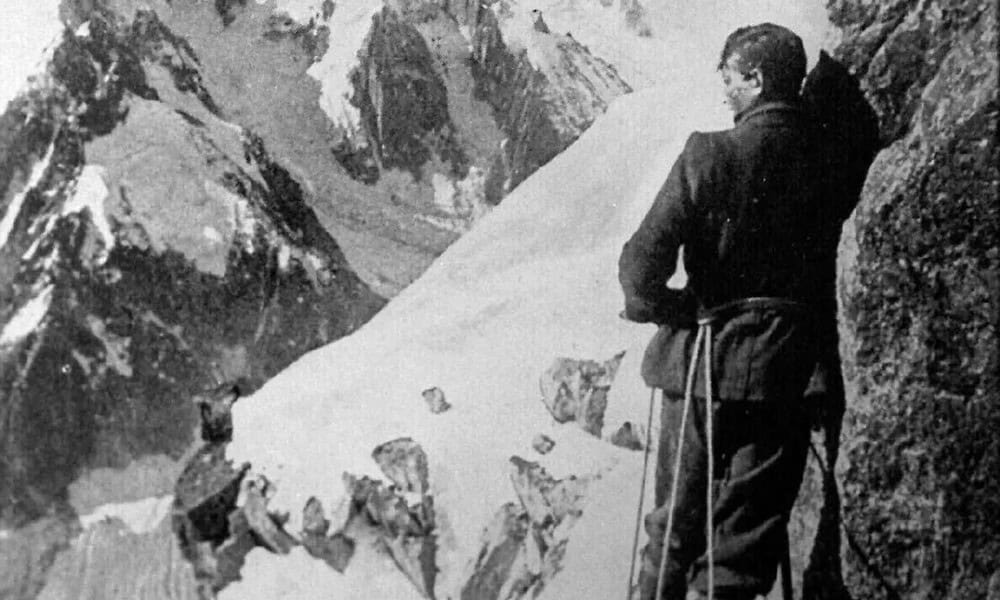
The expedition’s primary goal was to survey the north face of Everest, as the Nepalese government had closed access to the southern approach. Mallory and his companions explored several key areas and also identified the North Col as a potential route to the summit. This expedition was instrumental in providing valuable insights and laying the groundwork for future attempts.
1922 Everest Expedition
George Mallory returned to Everest in 1922 as part of the first true attempt to summit the peak. The team, which included several experienced climbers and Sherpas, planned to use supplemental oxygen to assist in their climb—a controversial decision at the time.
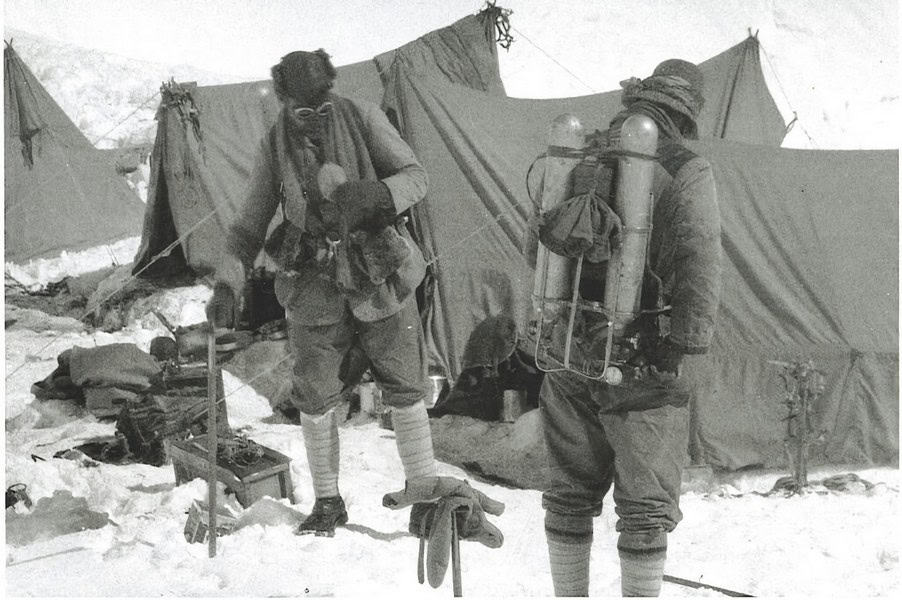
The expedition made substantial progress, with the team ascending the North Col and establishing high camps. Mallory, along with Howard Somervell and Edward Norton, reached an altitude of 26,985 feet (8,225 meters) without supplemental oxygen. This was the highest point any climber had reached at that time. However, they were forced to turn back due to extreme conditions and exhaustion.
Mallory made multiple attempts to reach the summit. A second summit attempt was made later in the expedition, with the use of supplemental oxygen. On June 7, 1922, George Finch and Geoffrey Bruce managed to reach an altitude of 27,300 feet (8,320 meters) using oxygen, setting another altitude record.
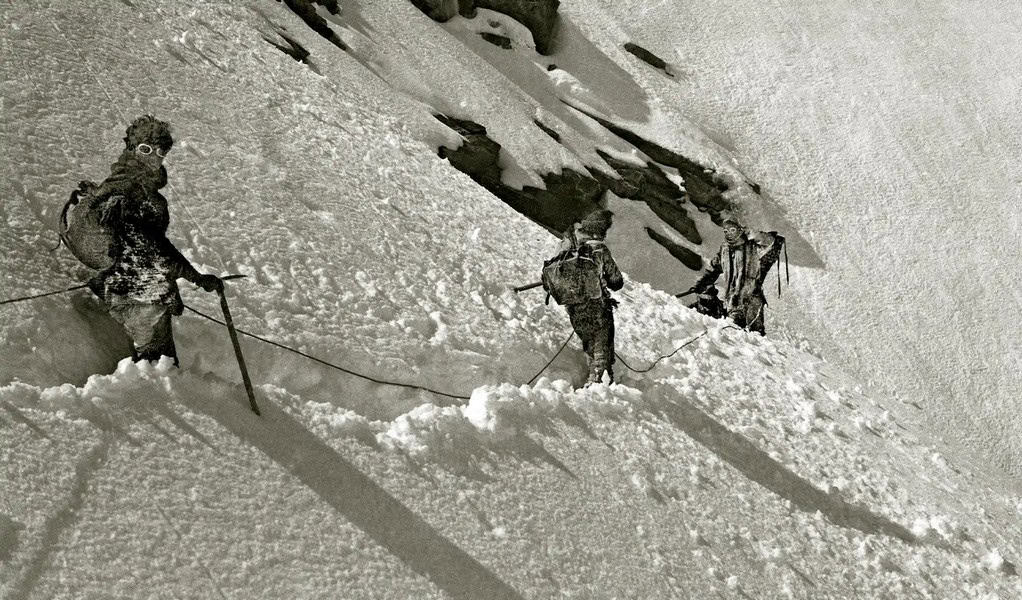
On a third attempt, tragedy struck. On June 9, 1922, Mallory and his team were caught in an avalanche while descending from the North Col. Seven Sherpas were killed in the avalanche, marking the first recorded fatalities on Everest.
1924 Everest Expedition
Mallory’s third and final expedition to Everest took place in 1924. The team included Sherpas and several of the same climbers from the previous expedition. Notable, Mallory had a new climbing partner, Andrew “Sandy” Irvine. Irvine, though young and relatively inexperienced, was chosen for his mechanical skills, crucial for managing the oxygen equipment they planned to use.
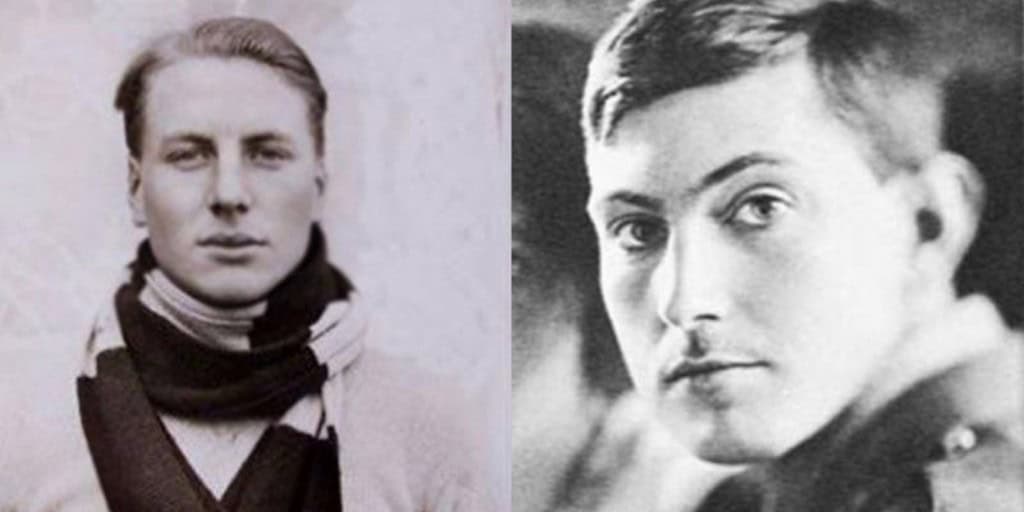
The first summit attempt was made by Howard Somervell and Edward Norton. They set another altitude record, reaching approximately 28,126 feet (8,573 meters) without supplemental oxygen.
A second attempt using supplemental oxygen was made by Geoffrey Bruce and Edward Norton, shortly after the first attempt. However, they encountered severe difficulties and did not surpass the height reached by the first attempt.
Then, on June 8, 1924, the third attempt was made by Mallory and Irvine. They set off from their camp around 26,800 feet (8,170 meters) on June 8, 1924. They were last seen by fellow climber Noel Odell, who observed them through a break in the clouds as they appeared to be climbing a prominent step on the northeast ridge, known today as the “Second Step.” This sighting at approximately 28,000 feet (8,530 meters) was the last confirmed sighting of Mallory and Irvine alive.
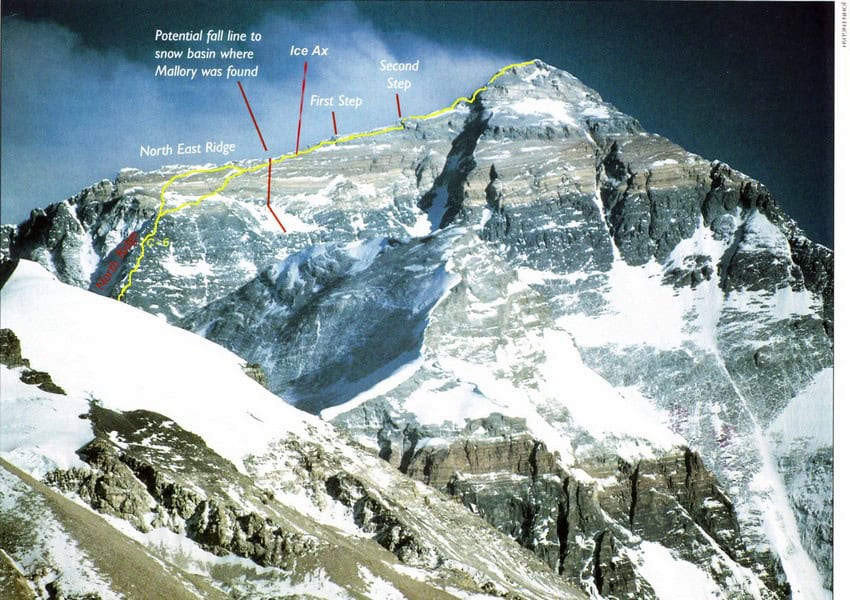
1933 Discovery of Irvine’s Body
In 1933, an ice axe believed to belong to Irvine was found on the route at 27,750 feet (8,458 meters).
In 1975, Wang Hongbao, a Chinese climber, saw a body while walking around Camp IV. It was located 750 feet (230 meters) directly below where the ice axe was found. Wang described the body as an “Old English dead.” This revelation never reached the western climbing community.
In September 2024, photographer and filmmaker Jimmy Chin and his National Geographic team discovered a boot, sock, and human foot belonging to Sandy Irvine far below where Mallory’s body was found. The location of the remains aligns with earlier Chinese reports and suggests Irvine may have fallen separately from Mallory.
Irvine’s full body has not been recovered. Some believe that Chinese authorities might have removed it.
1999 Discovery of Mallory’s Body
After Mallory and Irvine’s disappearance in 1924, subsequent expeditions to Everest were primarily focused on achieving the summit rather than searching for missing climbers. Additionally, the technology required for precise searches did not exist.
By the late 20th century, there was a growing interest in solving historical mountaineering mysteries. The search for Mallory and Irvine’s bodies was reignited. The 1999 Mallory and Irvine Research Expedition, sponsored by the BBC and led by American climber Eric Simonson, aimed to locate the climbers’ remains. Using historical records, photographs, and the last known sighting by Odell, the team focused their search on the north face of Everest.
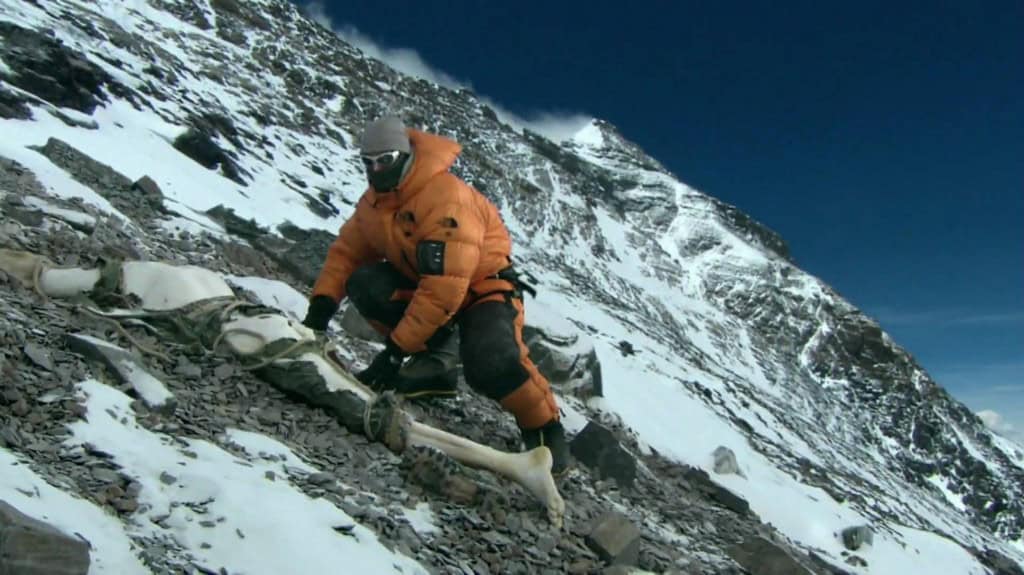
On May 1, 1999, Conrad Anker, a member of the expedition, discovered Mallory’s body. The body was found face down in a shallow depression, partially covered by snow.
Mallory’s clothing was intact, including his wool and tweed climbing gear. His body bore clear signs of a significant fall, with a broken leg and a rope injury around his waist, indicating that he and Irvine were still roped together when the accident occurred. However, the condition of the rope suggested it snapped during the fall.
In September 2024, photographer and filmmaker Jimmy Chin and his National Geographic team found Sandy Irvine’s foot, sock and boot far below where Mallory’s body was discovered.
Did Mallory and Irvine Summit Everest?
For decades, the fate of Mallory and Irvine remained one of mountaineering’s greatest mysteries. Did they reach the summit before they perished? The question lingered, fueling speculation and numerous search expeditions.
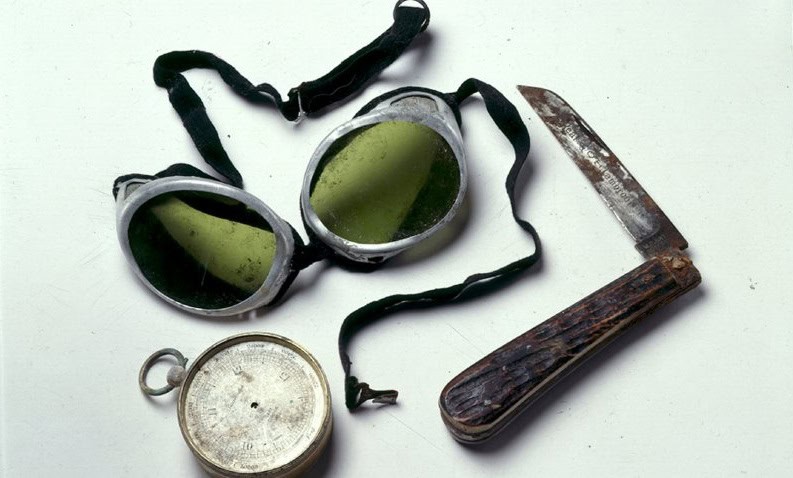
Several items were found on Mallory’s body, including a pocket knife, altimeter, and letters. His boots, goggles, and other climbing equipment were still in place, suggesting he had not abandoned his gear. One notable item that Mallory carried during this expedition was a photo of Ruth Mallory, his wife. He intended to leave it on the summit of Everest—if he reached it. When Mallory’s body was discovered in 1999, the photograph was not found among his belongings.
Was the photo simply lost or did Mallory place the photograph on the summit before he died?
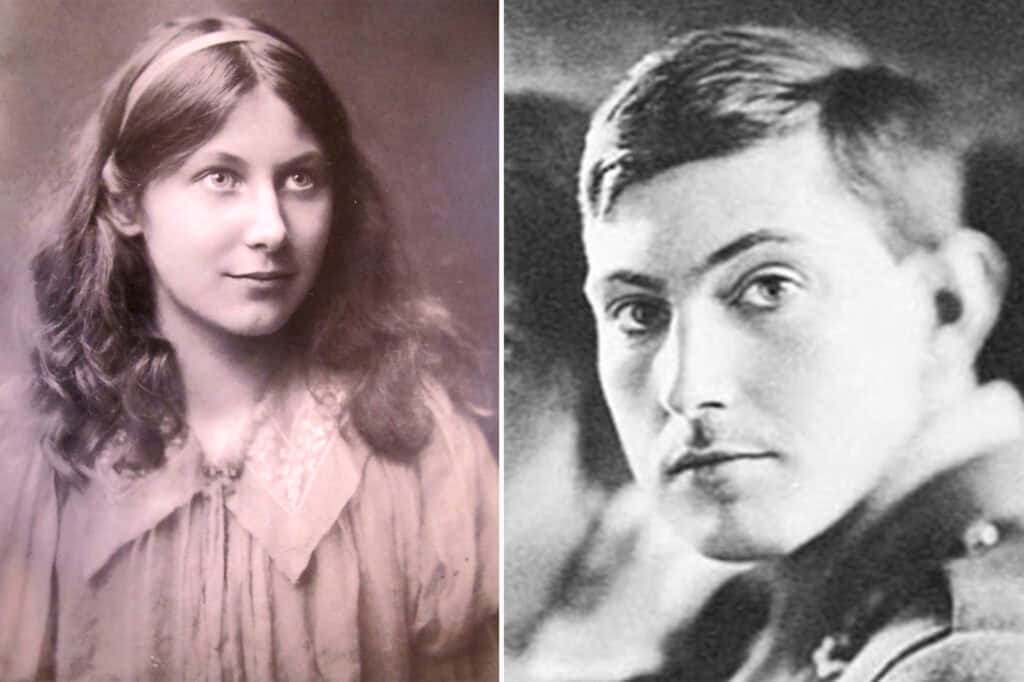
Crucially, the Kodak pocket camera Mallory and Irvine were known to have carried was also not found, leaving the question of their summit attempt unanswered.
Is George Mallory’s Body Still on Everest?
The bodies of Mallory and Irvine are believed to have been removed from Mount Everest.
After Anker discovered the remains of Mallory on Everest in 1999, he left the body where it lay, on the north face of the mountain. But a comprehensive search of the area in 2019 was unable to relocate the bodies of Mallory or Irvine. The search team concluded that the bodies of both climbers were likely removed in the 2000’s.
China’s mountaineering authorities are suspected of removing the bodies. There are various theories about why the bodies were moved. Multiple sources claim the Chinese found their bodies and removed it to protect their claim that a 1960 Chinese team was the first to summit Everest from the North Ridge. Others believe that Mallory and Irvine’s bodies might have been transported to a museum in China. One person stated a China Tibet Mountaineering Association (CTMA) official told him that Irvine’s body was “thrown off the mountain.” Chinese mountaineering authorities have consistently denied these claims.
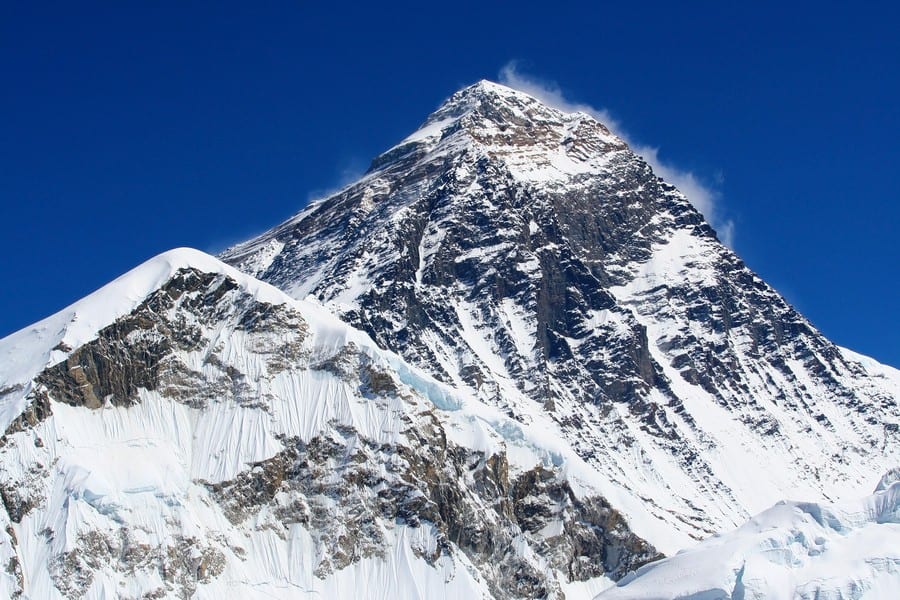
Final Words
George Mallory’s death on Everest in 1924 marked the end of a chapter in early Himalayan exploration but left an indelible mark on mountaineering history. His famous quote, “Because it’s there,” encapsulates the spirit of adventure and the human drive to conquer the unknown.
Mallory’s contributions to mountaineering continue to be honored. His determination and passion for climbing inspired generations of climbers and explorers. The discovery of his body in 1999 brought some closure to the mystery of his disappearance, but whether he reached the summit remains unanswered.
May he rest in peace.





























































